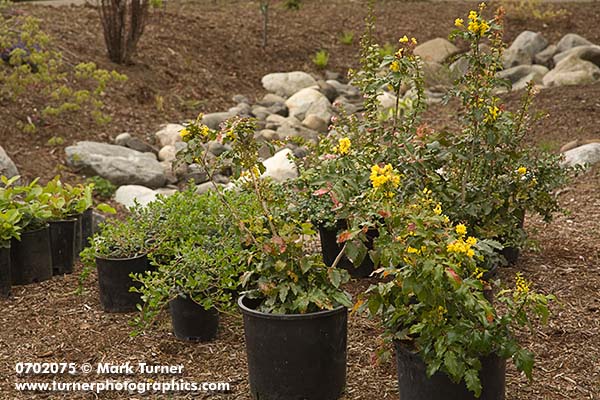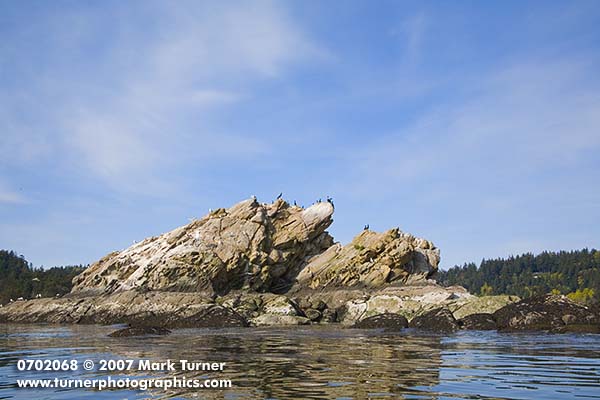The title is indicative of the generosity of the people I’ve encountered in the past months while on the road photographing gardens. I’ve logged thousands of miles of driving and spent more nights away from home than in my own bed.
A couple of trips back I was meandering home across Washington from the east side. I’d finished my photography for the trip and stopped to camp along the shore of the Snake River at Illia dunes downstream of Lower Granite Dam. It was late on a weekend afternoon as I wandered along the beach and up over the sand dunes to see what might be blooming (not much). Several groups of boaters were enjoying a picnic or party on the beach, and one group had a fairly loud boom box playing music, but it wasn’t obnoxious. I kept to myself as I needed to unwind after several intense days of photography. But eventually I wandered along the beach near one of the groups and heard someone call out, “We’ve got chicken.” I didn’t quite hear them the first time, but a man repeated the friendly shout so I wandered over to talk. When I got closer they offered the remains of a barbequed chicken from their picnic, and since I was hungry I graciously accepted.
I stood around talking with the group, who were mostly from Pullman and vicinity, and eventually they offered one of the last cold beers from their cooler. We continued to talk until they loaded up their boats to head back to the marina up the lake.
Over the course of the past several months I’ve met dozens of wonderful people for the first time and been welcomed into their gardens and homes, often at very early hours of the morning. I’ve been offered drinks and meals, and feel like many of these people have become friends. Some of these gardeners I met through referrals from someone else, others because they opened their garden for a community garden tour and I simply asked them if I might come back and photograph.
There’s certainly an element of flattery involved when I ask a gardener if I may photograph her garden, but it’s a sincere compliment that recognizes that they’ve created something special in the garden that surrounds their home. I depend upon the kindness of strangers, or friends I have not yet met. I find that people most people, regardless of income level, are pretty friendly, outgoing, and welcoming. That’s a very positive sign in this world where the news is so often filled with horror stories.
I’m off to make a new gardening friend this evening in Palouse, Washington.








